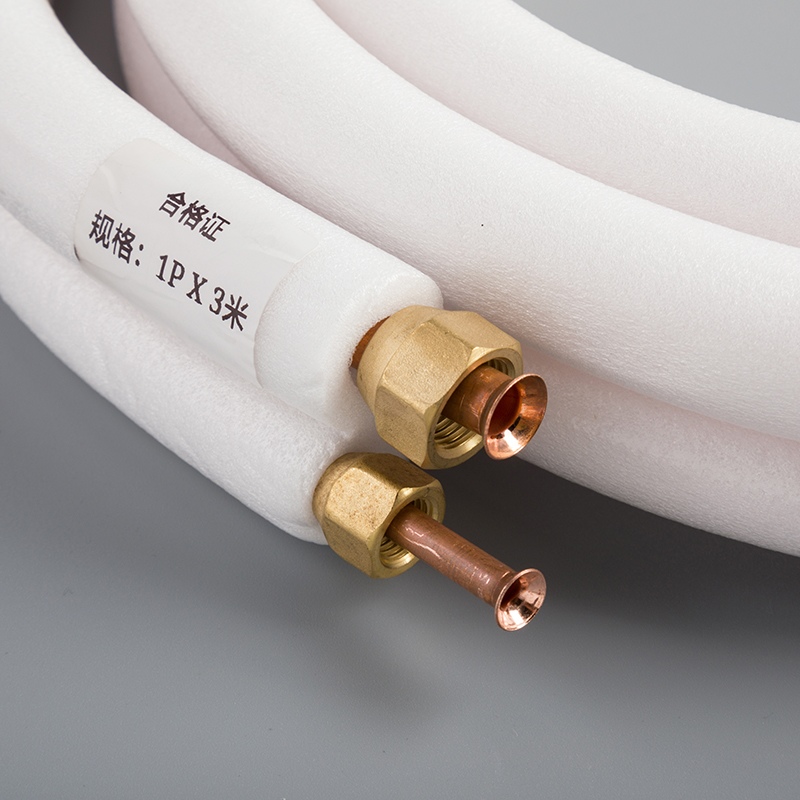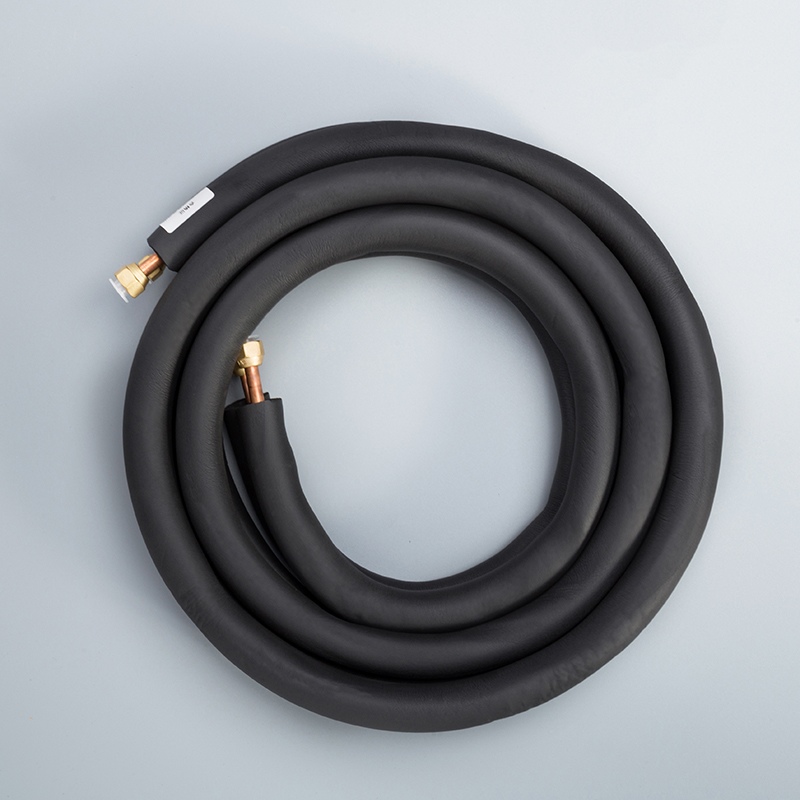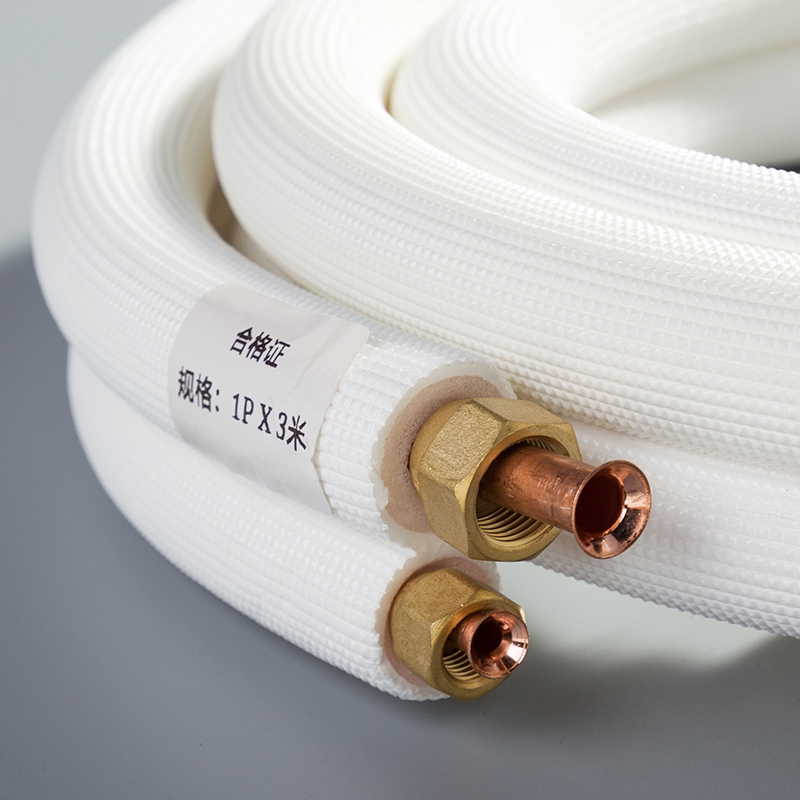Analyzing Energy Savings with Copper Pipes in HVAC Systems

In the realm of HVAC systems, energy consumption stands as a pivotal concern. Copper pipes have a longstanding history within these systems, offering unparalleled benefits. Today, the blog delves into a comprehensive analysis of the energy savings realized through the utilization of copper pipes in HVAC systems. This exploration aims to shed light on the remarkable efficiency and cost-effectiveness that copper pipes bring to the realm of heating, ventilation, and air conditioning.
Properties of Copper Pipes

Thermal Conductivity
Copper pipes exhibit exceptional thermal conductivity, allowing for efficient heat transfer within HVAC systems. This characteristic enables rapid movement of heat, optimizing energy usage and enhancing overall system performance. When compared to other materials utilized in HVAC systems, copper outshines in its ability to swiftly conduct heat, ensuring superior operational efficiency.
Durability and Longevity
The resilience of copper pipes against corrosion ensures prolonged functionality and reliability within HVAC infrastructures. Their resistance to environmental factors guarantees a longer lifespan, reducing the need for frequent replacements. Copper pipes stand the test of time in HVAC systems, offering durability that surpasses alternative materials commonly used.
Flexibility and Ease of Installation
The flexibility of copper pipes simplifies the installation process in HVAC systems, contributing to enhanced energy efficiency. Their malleability allows for seamless integration into various system configurations, promoting optimal performance. The ease of installation not only saves time but also minimizes energy consumption during setup, aligning with sustainable practices in the industry.
Energy Efficiency in HVAC Systems

Role of Copper Pipes in Energy Savings
Copper pipes play a pivotal role in enhancing energy efficiency within HVAC systems. The exceptional thermal conductivity of copper enables efficient heat transfer, reducing energy consumption significantly. By swiftly conducting heat, copper pipes optimize the system's performance, ensuring minimal energy loss and maximizing operational efficiency.
Heat transfer efficiency
Facilitates rapid movement of heat
Optimizes system performance
Minimizes energy consumption
Reduced energy loss
Enhances overall efficiency
Maximizes operational performance
Minimizes wastage of energy
Case Studies and Real-World Examples
Exploring real-world applications showcases the tangible benefits of integrating copper pipes into HVAC systems.
Examples of HVAC systems using copper pipes
*Pure Copper Pipes Revolutionize Air Conditioning Benefits*
Integration with smart systems for future trends
Enhancing industry efficiency and performance
Why Pure Copper Pipes Preferred in HVAC Systems
Superior heat transfer capabilities and durability
Data on energy savings achieved
Introduction of copper pipes revolutionizing the industry
Selecting the right material for enhanced performance
Cost-Benefit Analysis
Initial Costs vs. Long-Term Savings
Cost of Copper Pipes Compared to Alternatives
Copper pipes stand out as a superior choice due to their exceptional properties, offering long-term benefits that outweigh initial costs.
Opting for copper pipes may involve a slightly higher upfront investment compared to other materials; however, the durability and efficiency they provide result in substantial cost savings over time.
Investing in copper pipes proves to be a wise decision, considering their extended lifespan and reduced maintenance requirements, translating into significant long-term savings.
Long-Term Savings in Energy Bills
The integration of copper pipes in HVAC systems leads to remarkable energy savings, reflecting positively on utility bills.
By leveraging the outstanding thermal conductivity of copper, HVAC systems can achieve optimal performance levels while consuming less energy.
The reduced energy consumption facilitated by copper pipes not only contributes to cost savings but also aligns with sustainable practices, making them a valuable asset for long-term efficiency.
Environmental Impact
Sustainability of Copper
Recyclability of copper pipes
Copper pipes exhibit exceptional recyclability, contributing to sustainable practices within HVAC systems.
Recycling copper pipes reduces the need for new material extraction, conserving valuable resources and minimizing environmental impact.
The recyclability of copper aligns with green building standards, promoting eco-friendly initiatives in the industry.
Environmental benefits of using copper
Utilizing copper pipes in HVAC systems offers environmental advantages by reducing waste and energy consumption.
The durability and longevity of copper contribute to a decrease in maintenance needs, resulting in fewer materials being discarded over time.
Copper's sustainability makes it a preferred choice for environmentally conscious projects seeking to minimize their carbon footprint.
Reduction in Carbon Footprint
Energy savings and their impact on carbon emissions
The integration of copper pipes in HVAC systems leads to significant energy savings, directly impacting carbon emissions.
By reducing energy consumption through efficient heat transfer, copper pipes play a crucial role in lowering the carbon footprint of buildings and facilities.
The energy-efficient properties of copper contribute to sustainable practices, aligning with global efforts to combat climate change effectively.
Contribution to green building standards
Copper pipes support green building standards by enhancing the overall efficiency and sustainability of HVAC systems.
Their positive impact on energy consumption and operational performance aligns with environmentally friendly construction practices.
Choosing copper for HVAC installations not only ensures optimal performance but also promotes a greener approach to building infrastructure.
Copper in HVAC systems not only ensures energy efficiency but also enhances Indoor Air Quality (IAQ) by reducing airborne pathogens. Its exceptional heat exchange capabilities make it indispensable for optimal system performance. The future of HVAC systems with copper pipes looks promising, focusing on improving sustainability and overall efficiency. Industry professionals and consumers alike should consider the long-term benefits of copper pipes for cost-effective and environmentally friendly HVAC solutions.
Benefits of using copper in HVAC systems:
Reduces unwanted airborne biological pathogens
Improves Indoor Air Quality (IAQ)
Ensures rapid and efficient heat exchange
Maximizes system efficiency and durability
See Also
Revealing the Affordability of Dual Copper Pipe Coils
Enhancing Performance: Improve AC Efficiency with Copper Tubing
Exploring How Copper Tubing Affects AC Efficiency
The Importance of Copper Piping for Effective Air Conditioning


